2025 Vol. 6, No. 1
In this study, a ray tracing model based on the law of reflection in vector form was developed to obtain the design parameters of multipass cells (MPC) with dense spot patterns. Four MPCs with distinct patterns were obtained using an established mathematical model. An MPC with a four-concentric-circle pattern exhibited the longest optical path length (OPL) of approximately 38 m and an optimal ratio of optical path length to volume (RLV) of 13.8 cm-2. A light-induced thermoelastic spectroscopy (LITES)-based methane (CH4) sensor was constructed for the first time using the developed optimal MPC and Raman fiber amplifier (RFA). A novel trapezoidal-tip quartz tuning fork (QTF) was used as the detector to further improve the sensing performance. The CH4-LITES sensor exhibited an excellent linear response to optical power and CH4 concentration. The minimum detection limit (MDL) of the CH4-LITES sensor reached 322 ppb when the output optical power of the RFA was 350 mW. The Allan deviation of the system indicated that the MDL decreased to 59.5 ppb when the average time was increased to 100 s.
Femtosecond laser fabrication technology has been applied to photonic-lantern mode (de)multiplexers owing to its 3D fabrication capability. Current photonic-lantern mode (de)multiplexer designs based on femtosecond laser fabrication technology mostly follow a fibre-type photonic lantern design, which uses trajectory-symmetry structures with non-uniform waveguides for selective mode excitation. However, non-uniform waveguides can lead to inconsistent waveguide transmission and coupling losses. Trajectory-symmetry designs are inefficient for selective-mode excitation. Therefore, we optimised the design using trajectory asymmetry with uniform waveguides and fabricated superior ultrafast laser-inscribed photonic-lantern mode (de)multiplexers. Consistent waveguide transmission and coupling losses (0.1 dB/cm and 0.2 dB/facet, respectively) at 1550 nm were obtained on uniform single-mode waveguides. Based on the trajectory-asymmetry design for photonic-lantern mode (de)multiplexers, efficient mode excitation (
,
, and
) with average insertion losses as low as 1 dB at 1550 nm was achieved, with mode-dependent losses of less than 0.3 dB. The photonic-lantern design was polarisation-insensitive, and the polarisation-determined losses were less than 0.2 dB. Along with polarisation multiplexing realised by fibre-type polarisation beam splitters, six signal channels (
,
,
,
,
, and
), each carrying 42 Gaud/s quadrature phase-shift keying signals, were transmitted through a few-mode fibre for optical transmission. The average insertion loss of the system is less than 5 dB, while its maximum crosstalk with the few-mode fibre is less than −12 dB, leading to a 4-dB power penalty. The findings of this study pave the way for the practical application of 3D integrated photonic chips in high-capacity optical transmission systems.
Melanoma, a highly malignant and complex form of cancer, has increased in global incidence, with a growing number of new cases annually. Active targeting strategies, such as leveraging the α-melanocyte-stimulating hormone (αMSH) and its interaction with the melanocortin 1 receptor (MC1R) overexpressed in melanoma cells, enhance the concentration of therapeutic agents at tumor sites. For instance, targeted delivery of plasmonic light-sensitive agents and precise hyperthermia management provide an effective, minimally invasive treatment for tumors. In this work, we present a comparative study on targeted photothermal therapy (PTT) using plasmonic gold nanorods (Au NRs) as a robust and safe nanotool to reveal how key treatment parameters affect therapy outcomes. Using an animal model (B16-F10) of melanoma tumors, we compare the targeting abilities of Au NRs modified with two different MC1R agonists, either closely mimicking the αMSH sequence or providing a superior functionalization extent of Au NRs (4.5% (w/w) versus 1.8% (w/w)), revealing 1.6 times better intratumoral localization. Following theoretical and experimental assessments of the heating capabilities of the developed Au NRs under laser irradiation in either the femtosecond (FS)- or nanosecond (NS)- pulsed regime, we perform targeted PTT employing two types of peptide-modified Au NRs and compare therapeutic outcomes revealing the most appropriate PTT conditions. Our investigation reveals greater heat release from Au NRs under irradiation with FS laser, due to the relaxation rates of the electron and phonon temperatures dissipating in the surrounding, which correlates with a more pronounced 17.6 times inhibition of tumor growth when using FS-pulsed regime.
ZnO nanomaterials have become appealing for next-generation micro/nanodevices owing to their remarkable functionality and outstanding performance. However, in-situ, one-step, patterned synthesis of ZnO nanomaterials with small grain sizes and high specific surface areas remains challenging. While breakthroughs in laser-based synthesis techniques have enabled simultaneous growth and patterning of these materials, device integration restrictions owing to pre-prepared laser-absorbing layers remain a severe issue. Herein, we report a single-step femtosecond laser direct writing (FsLDW) method for fabricating ZnO nanomaterial micropatterns with a minimum linewidth of less than 1 μm without requiring laser-absorbing layers. Furthermore, utilizing the grain-size modulation effect of glycerol, we successfully reduced the grain size and addressed the challenges of discontinuity and non-uniform product formation during FsLDW. Using this technique, we successfully fabricated a series of micro-photodetectors with exceptional performance, a switching ratio of 105, and a responsivity of 102 A/W. Notably, the devices exhibited an ultralow dark current of less than 10 pA, more than one order of magnitude lower than the dark current of ZnO photodetectors under the same bias voltage—crucial for enhancing the signal-to-noise ratio and reducing the power consumption of photodetectors. The proposed method could be extended to preparing other metal-oxide nanomaterials and devices, thus providing new opportunities for developing customized, miniaturized, and integrated functional devices.
We experimentally demonstrate ultrafast laser-writing wide-gamut structural colors on TiAlN thin film that is coated on TiN substrate via laser-induced surface oxidation. The experiments involve thorough control over laser parameters, including powers, scanning speeds and pulse durations, to investigate the interplay between these variables and the resulting structural colors. Surface characterization techniques, such as scanning electron microscopy, energy-dispersive x-ray spectroscopy and atomic force microscopy, are employed to analyze the properties of laser-induced oxide layers and their chromatic responses. Our findings indicate that while laser powers and scanning speeds are critical in determining the irradiated dose and the subsequent coloring effects, the pulse duration exerts a distinct influence, particularly at low laser powers as well as slow scanning speeds. Longer pulse durations are found to produce a more significant coloring change despite exhibiting lower oxygen content. This is attributed to the increased surface roughness and deeper oxidation layer achieved with prolonged pulses. We propose two oxidation mechanisms – photo-oxidation and thermal-oxidation – to elucidate the influence of pulse duration on laser coloring effects. These findings not only refine existing paradigms in laser-induced surface coloration but also stimulate further exploration of structural colors’ multifaceted applications across diverse technological contexts.
In photonic crystal slab (PCS) structures, the bound states in the continuum (BICs) and circularly polarised states (dubbed C-points) are critical topological polarisation singularities in momentum space that have garnered significant attention owing to their novel topological and optical properties. In this study, we engineered a novel PCS imager featuring two C-points with opposite chirality through symmetry breaking, resulting in maximal asymmetric transmission responses characterised by near-unity circular dichroism (CD) values. By harnessing the chiral selectivity of the C-points, a high-CD PCS imager can provide two sets of optical transfer functions (OTFs) to facilitate both edge detection and bright-field imaging. Notably, one set of OTFs was finely tuned to a Lorentzian line shape to achieve perfect edge detection. We developed a multifunctional imaging system by integrating a PCS imager into a traditional optical system. Both theoretical and experimental demonstrations confirmed that this system provides bright-field and edge-enhanced images with micrometer-scale resolution. Furthermore, these two independent functions can be easily switched by altering the circular polarisation state of the light source.
Quantum dots, semiconductor crystals with nanometer-scale dimensions, exhibit adjustable chemical, electrical, and optical characteristics owing to the quantum confinement effect. However, achieving high-quality quantum dots necessitates simultaneous attainment of crystalline integrity within their cores, uniformity in size and shape, as well as effective surface passivation with charge transport functionality—challenges persist regardless of the chosen method. Here, we introduce a novel approach for synthesizing quantum-dot/perovskite heterocrystals: the Colloidal Quantum Dot-Oriented Attachment to Perovskite Single Crystal (CQD-OA-PSC) method. This method involves optimizing quantum dot growth through chemical colloidal synthesis methods, followed by their oriented attachment onto macroscopic perovskite single crystals with impeccable lattice alignment. Consequently, the CQD-OA-PSC method amalgamates the strengths of wet chemical colloidal synthesis methods and solution-based epitaxial growth, offering precise control over quantum dot size, morphology, and structure while leveraging charge transport functionality conferred by the matrix crystal. High-resolution transmission electron microscopy confirms matched lattice orientations between the perovskite matrix and quantum dots. This approach promises to yield high-quality quantum dots perovskite heterocrystals with controlled size, morphology, and optoelectronic properties, thereby holding significant potential for advancing the development of efficient optoelectronic devices.
Lunar sample return missions are crucial for researching the composition and origin of the Moon. In recent decades, several lunar sample return missions have been conducted, yielding abundant and valuable lunar samples. As the latest development in lunar sample returns, the Chang’e-6 mission aimed to implement lunar farside sampling. The shorter time available for sampling requires higher sampling efficiency. In this study, the main factors in the sampling site selection and sampling process are introduced and a vision-based sampling implementation is designed for the Chang’e-6 mission to significantly simplify manual operation while maintaining high sampling quality. By sufficiently leveraging the point cloud data reconstructed from the binocular camera images, autonomous terrain analysis and sample point selection are achieved. A 6D pose estimation pipeline based on point cloud registration provides a robust method for sampler pose measurement, replacing the previous manual fine-tuning process and achieving better accuracy. Owing to the well-analyzed sample points and accurate fine-tuning, the proposed approach demonstrates high accuracy in controlling the scooping depth, while significantly reducing the time cost of the sampling implementation, effectively supporting the Chang’e-6 lunar sample mission.
Advancements in additive manufacturing (AM) are revolutionizing 3D part production, making 3D printing crucial for creating optical devices like lenses and waveguides. This study employs vat photopolymerization (VPP) to fabricate adaptive 4D printed smart Fresnel lenses with photochromic properties using digital light processing (DLP). These lenses are fabricated with precise optical performance and geometric dimensions. Photochromic powders enable dynamic color changes upon UV exposure. The lenses were optically evaluated in both inactive and active states, demonstrating excellent UV and blue light blocking when inactive. Upon UV activation, the lenses darken and absorb parts of the visible light spectrum, with the degree of absorption and color change dependent on the photochromic material and its concentration. The lenses show minimal focal length errors, maintaining high precision and UV responsiveness even at low concentrations. This research highlights the lenses’ precision, UV responsiveness, blue light filtering capabilities, and stability after multiple UV exposure cycles. These findings underscore the potential of 4D printing in developing smart optical devices tailored for applications that demand dynamic light modulation and UV filtering, highlighting a combination of innovative manufacturing techniques and functional optics.
Lead halide perovskite quantum dots (QDs) suffer from frequent batch-to-batch inconsistencies and poor reproducibility, resulting in serious non-radiative defect-assisted recombination and Auger recombination. To overcome these challenges, in this study, CsPbBr3 QDs were prepared by designing a novel cesium precursor recipe that involved a combination of dual-functional acetate (AcO−) and 2-hexyldecanoic acid (2-HA) as short-branched-chain ligand: first, AcO− aided in significantly improving the complete conversion degree of cesium salt, enhancing the purity of the cesium precursor from 70.26% to 98.59% with a low relative standard deviation of size distribution and photoluminescence quantum yield (9.02 and 0.82%, respectively) by decreasing the formation of by-products during the reaction, which leads to enhanced homogeneity and reproducibility, especially at room temperature. Second, AcO− can act as a surface ligand to passivate the dangling surface bonds. Furthermore, compared to oleic acid, 2-HA exhibited a stronger binding affinity toward the QDs, further passivated the surface defects, and effectively suppressed biexciton Auger recombination, thereby improving the spontaneous emission rate of the QDs. Consequently, the QDs prepared using this new recipe exhibited a uniform size distribution, a green emission peak at 512 nm, a high photoluminescence quantum yield of 99% with excellent stability, and a narrow emission linewidth of 22 nm. In particular, the optimized QDs exhibited enhanced amplified spontaneous emission (ASE) performance, while the ASE threshold of treated QDs reduced by 70% from 1.8 μJ·cm−2 to 0.54 μJ·cm−2.
Programmable digital coding metasurfaces (PDCMs) can manipulate electromagnetic waves with high degrees of freedom, significantly enriching metasurface designs. However, most PDCMs are limited to the control of a single polarization, which cannot meet the requirements of the high integration of intelligent components. To further improve the practicability and flexibility of metasurfaces, we propose an integrated paradigm for spin-decoupling PDCMs based on light emitting diode arrays that fully embed the photoresistor as a part of the meta-atom to independently manipulate the wavefront in different polarizations. As a proof of concept, PDCMs were simulated, fabricated, and measured to verify the feasibility and effectiveness of the proposed method. The functions of scattering and vortices are verified at different polarizations, demonstrating that the metasurface can tailor the EM functions in six channels. This study can improve the integration of intelligent control metasurfaces and lay a solid foundation for their development.
Detecting electrolyte leakage is an effective early warning approach for abnormal faults in lithium-ion batteries (LIBs) and can help mitigate safety risks such as fires and explosions. However, detecting electrolyte leakage in the early stages of LIB faults presents a significant challenge, as leaks in LIBs produce volatile organic compounds (VOCs) at parts per million levels that are difficult to detect using conventional VOC sensors. Here, an effective LIB VOC sensor using micro-nano optical fibres (MNFs) has been developed for the first time, coated with an in situ self-assembled zeolitic imidazolate framework-8 (ZIF-8) membrane as an electrolyte-sensitive layer. The abundance of pores in ZIF-8 is excellent for adsorbing a variety of VOCs, including diethyl carbonate, ethyl methyl carbonate, dimethyl carbonate, and propylene carbonate. The MNFs possess high refractive index sensitivity, enhancing the online monitoring of electrolytes. MNFs with a diameter of approximately 7 μm were assembled with four-cycle ZIF-8 of approximately 500 nm thickness, as the fabricated sensor. Through wavelength demodulation, the LIB sensor demonstrated high sensitivity, detecting 43.6 pm/ppm of VOCs and exhibiting rapid response and recovery times of typically within 10 min and 23 s, respectively, as well as a low theoretical detection limit of 2.65 ppm for dimethyl carbonate vapor with excellent reversibility. The first on-site verification of online LIB leakage monitoring demonstrated that the sensor achieved a 35 h early warning prior to full-load leakage, thus exhibiting promising prospects for applications in scenarios such as car batteries.
In this paper, we experimentally demonstrate a non-volatile switchable infrared stealth metafilm based on high temperature resistant metal Molybdenum (Mo) and phase change material Ge2Sb2Te5(GST). By controlling the phase state of GST, the switch between the infrared stealth and the non-stealth states can be realized. Specifically, when the GST is in the amorphous state, the emissivity of the film in the 3−5 μm and 8−14 μm atmospheric window band is suppressed and can realize infrared stealth, together with a high absorption peak of 94% at 6.08 μm, which enables radiative heat dissipation; While for the crystalline state of the GST, the average emissivity is more than 0.7 in the band of 8−14 μm, and the infrared stealth function cannot be realized. When the background temperature is 100°C, the temperature difference between the two samples reaches as high as 28°C under an infrared thermal imager. Therefore, our proposed metafilm can flexibly regulate the infrared thermal radiation of the target so as to realize the switch between the infrared stealth and non-stealth state. We have fabricated the metafilm on both hard and flexible substrates. Our work holds profound significance for the study of dynamic thermal radiation control and it is set to pave the way for the practical implementation of intelligent infrared stealth technology.
Accelerometers are crucial sensors that measure acceleration resulting from motion or vibration. Compared with their electromechanical counterparts, optical accelerometers are widely regarded as the most promising technology for high-requirement applications. However, compact integration of various optical and mechanical components to create a miniature optomechanical microsystem for acceleration sensing remains a challenge. In this study, we present a miniature optical fiber accelerometer based on a 3D microprinted ferrule-top Fabry–Pérot (FP) microinterferometer. In-situ 3D microprinting technology was developed to directly print a sub-millimeter-scale 3D proof mass/thin-film reflector-integrated FP microinterferometer on the inherently light-coupled end face of a fiber optic ferrule. Experimental results demonstrate that the optical fiber accelerometer has a flat response over a bandwidth of 2 to 3 kHz and its noise equivalent acceleration is 62.45 μg/Hz under 1-g acceleration at 2 kHz. This ultracompact optical fiber interferometric accelerometer offers several distinct advantages, including immunity to electromagnetic interference, remote-sensing capability, and high customizability, making it highly promising for a variety of stringent acceleration-monitoring applications.
Halide perovskite-based photodiodes are promising for efficient detection across a broad spectral range. Perovskite absorber thin-films have a microcrystalline morphology, characterized by a high density of surface states and defects at inter-grain interfaces. In this work, we used dielectric/ferroelectric poly(vinylidene-fluoride-trifluoroethylene) (P(VDF-TrFE)) to modify the bulk interfaces and electron transport junction in p-i-n perovskite photodiodes. Our complex work demonstrates that interface engineering with P(VDF-TrFE) induces significant Fermi level pinning, reducing from 4.85 eV for intrinsic perovskite to 4.28 eV for the configuration with dielectric interlayers. Modifying the interfaces in the devices resulted in an increase in the key characteristics of photodiodes compared to pristine devices. The integration of P(VDF-TrFE) into the perovskite film didn’t affect the morphology and crystal structure, but significantly changed the charge transport and device performance. IV curve analysis and 2-diode model calculations showed enhanced shunt properties, a decreased non-ideality factor, and reduced saturation dark current. We have shown that the complex introduction of P(VDF-TrFE) into the absorber’s bulk and on its surface is essential to reduce the impact of the trapping processes. For P(VDF-TrFE) containing devices, we increased the specific detectivity from 1011 to ~1012 Jones, expanded the linear dynamic range up to 100 dB, and reduced the equivalent noise power to 10−13 W·Hz−1/2. Reducing non-radiative recombination contributions significantly enhanced device performance, improving rise/fall times from 6.3/10.9 µs to 4.6/6.5 µs, and achieved photo-response dynamics competitive with state-of-the-art analogs. The cut-off frequency (3dB) increased from 64.8 kHz to 74.8 kHz following the introduction of the dielectric. We also demonstrated long-term stabilization of PPD performance under heat-stress. These results provide new insights into the use of organic dielectrics and an improved understanding of trap-states/ion defect compensation for detectors based on perovskite heterostructures.
Deformable mirrors are essential dynamic wavefront compensation. Among the various types of deformable mirrors with different actuation mechanisms, the unimorph piezoelectric deformable mirror (UPDM) offers distinct advantages owing to its compact size and low cost. The two most critical challenges in UPDM are electrode fabrication and deformation control. This study proposes an integrated electrode fabrication and sensorless feedback control scheme for UPDM, which simplifies the manufacturing process and enhances its performance. The electrode array is created using silkscreen printing combined with flexible printed circuit board technology, integrating electrode fabrication and electrical connection into a single step. The desired mirror deformation is achieved by introducing a closed-loop direct deformation control method based on piezoelectric self-sensing. The feedback mechanism utilizes the local strain-induced charge generated by the piezoelectric plate, effectively addressing the nonlinear behavior of the piezoelectric material. Experimental results confirm the feasibility and effectiveness of the proposed method, with the maximum relative error in the steady state phase remaining below 2%.




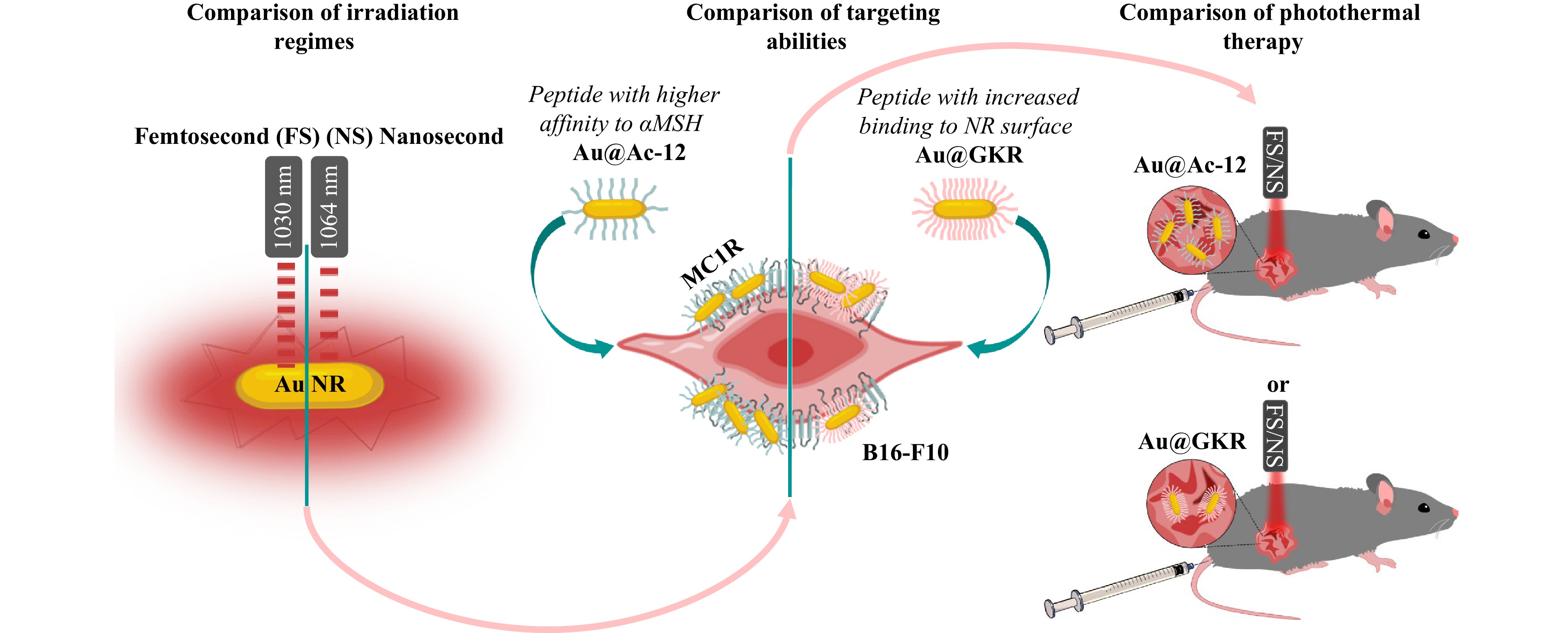
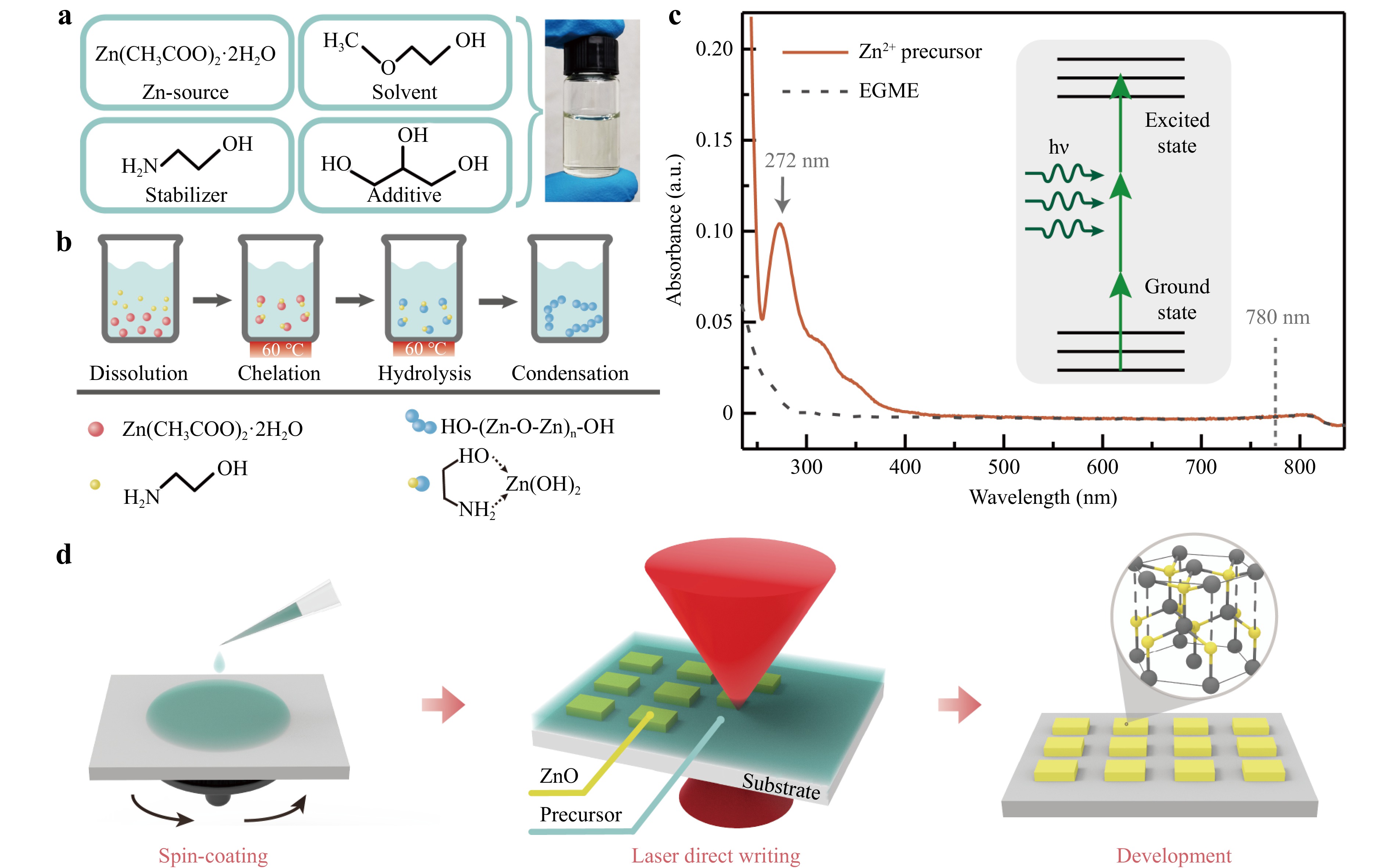

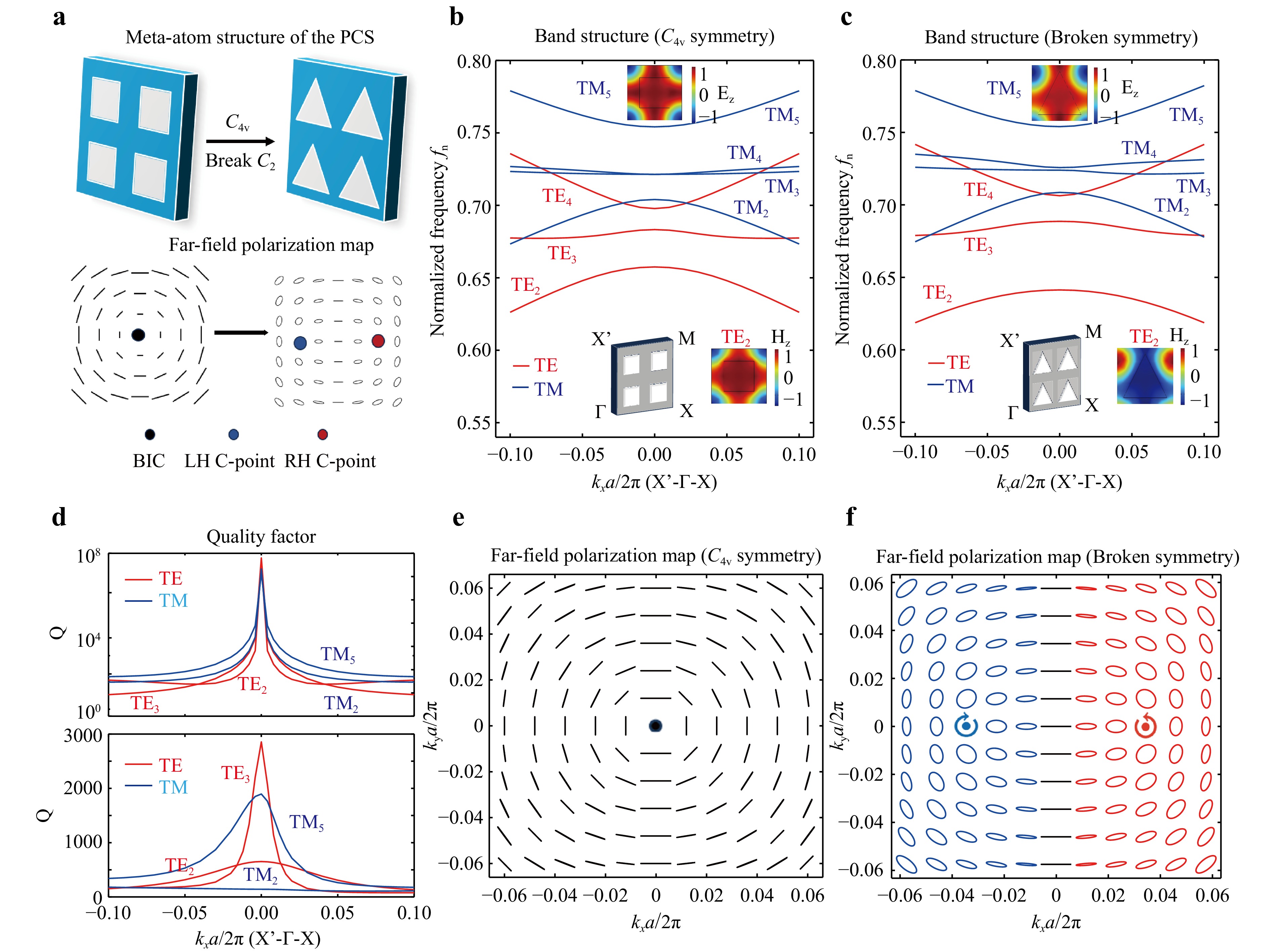

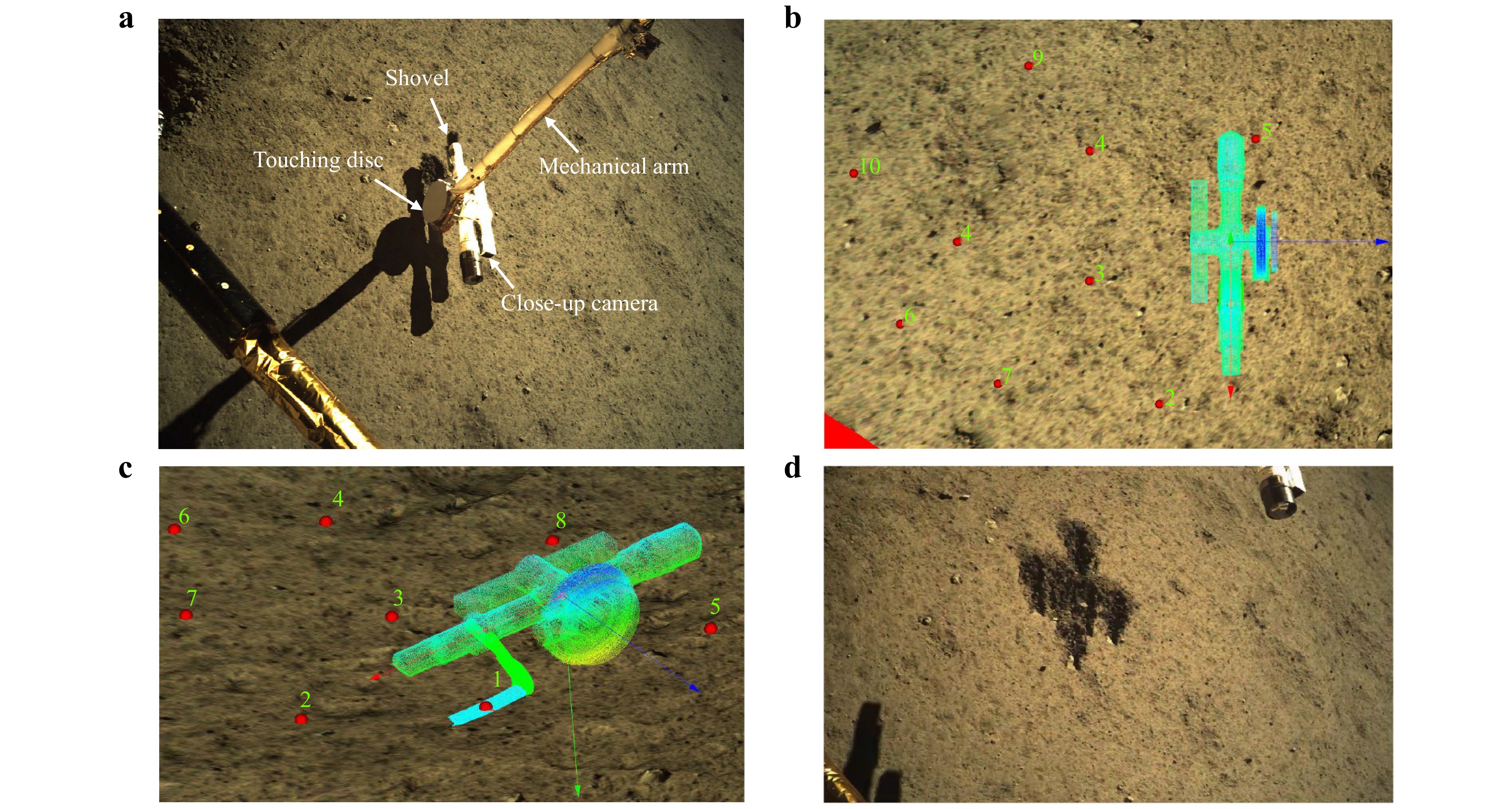
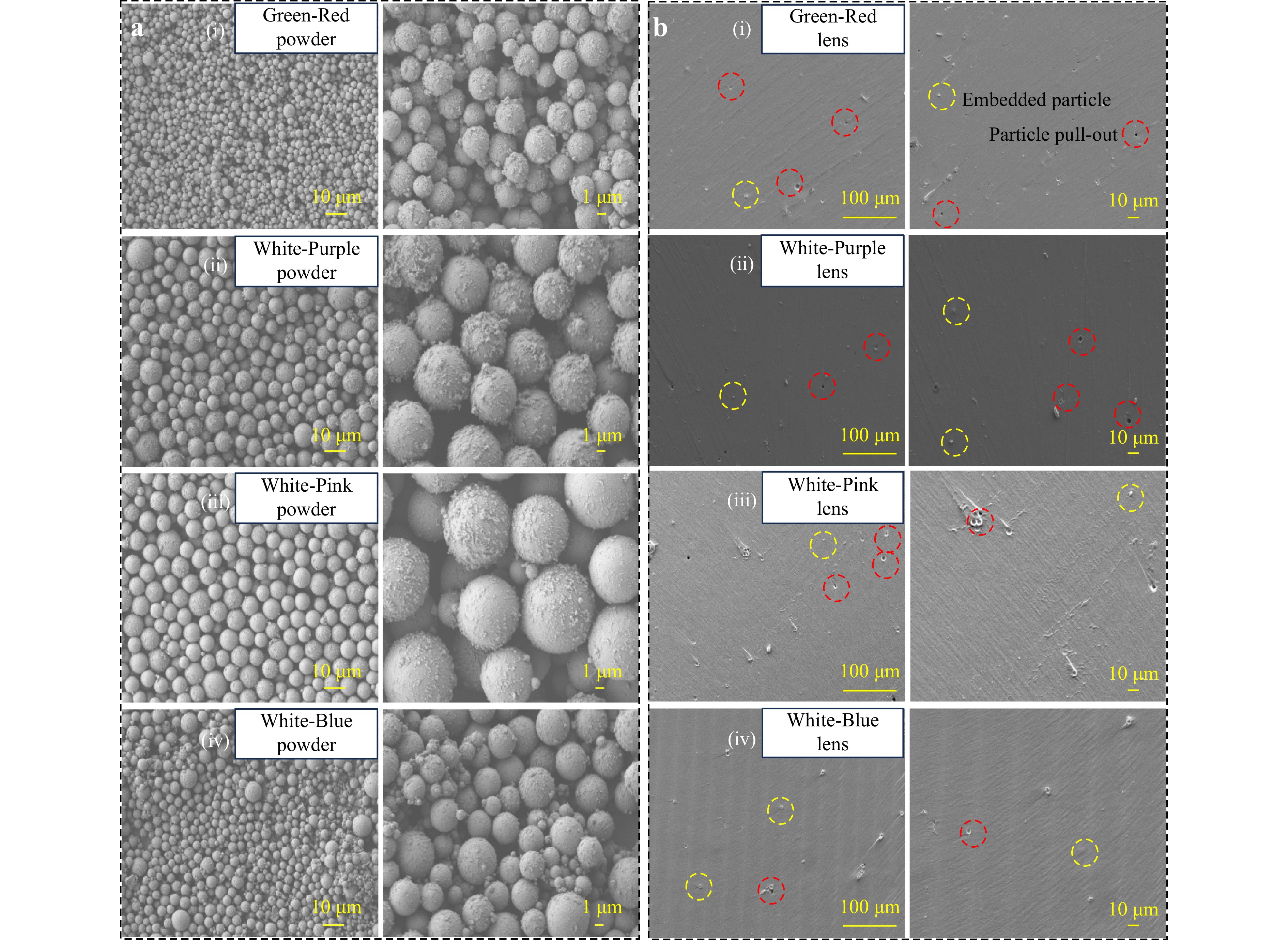
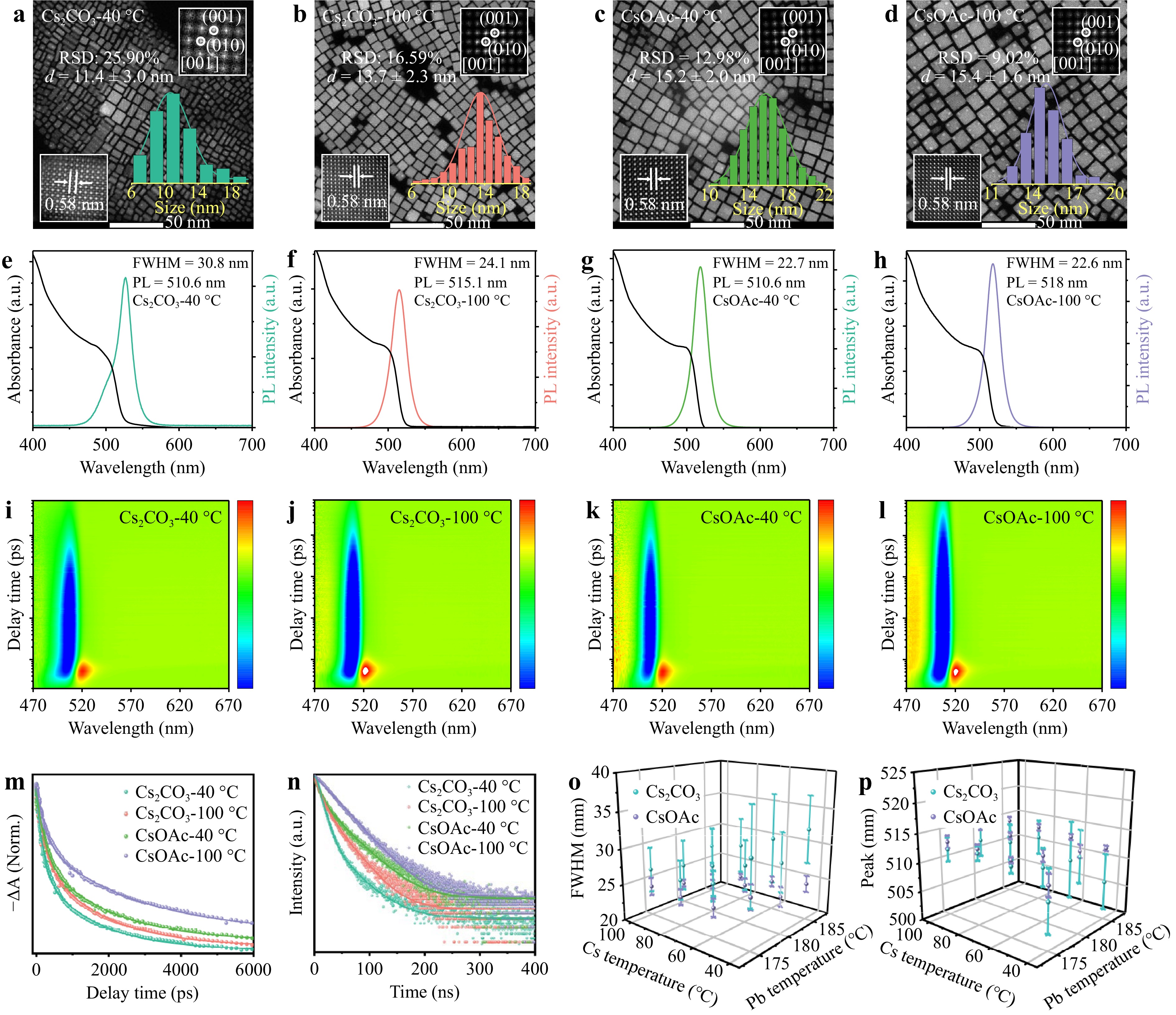
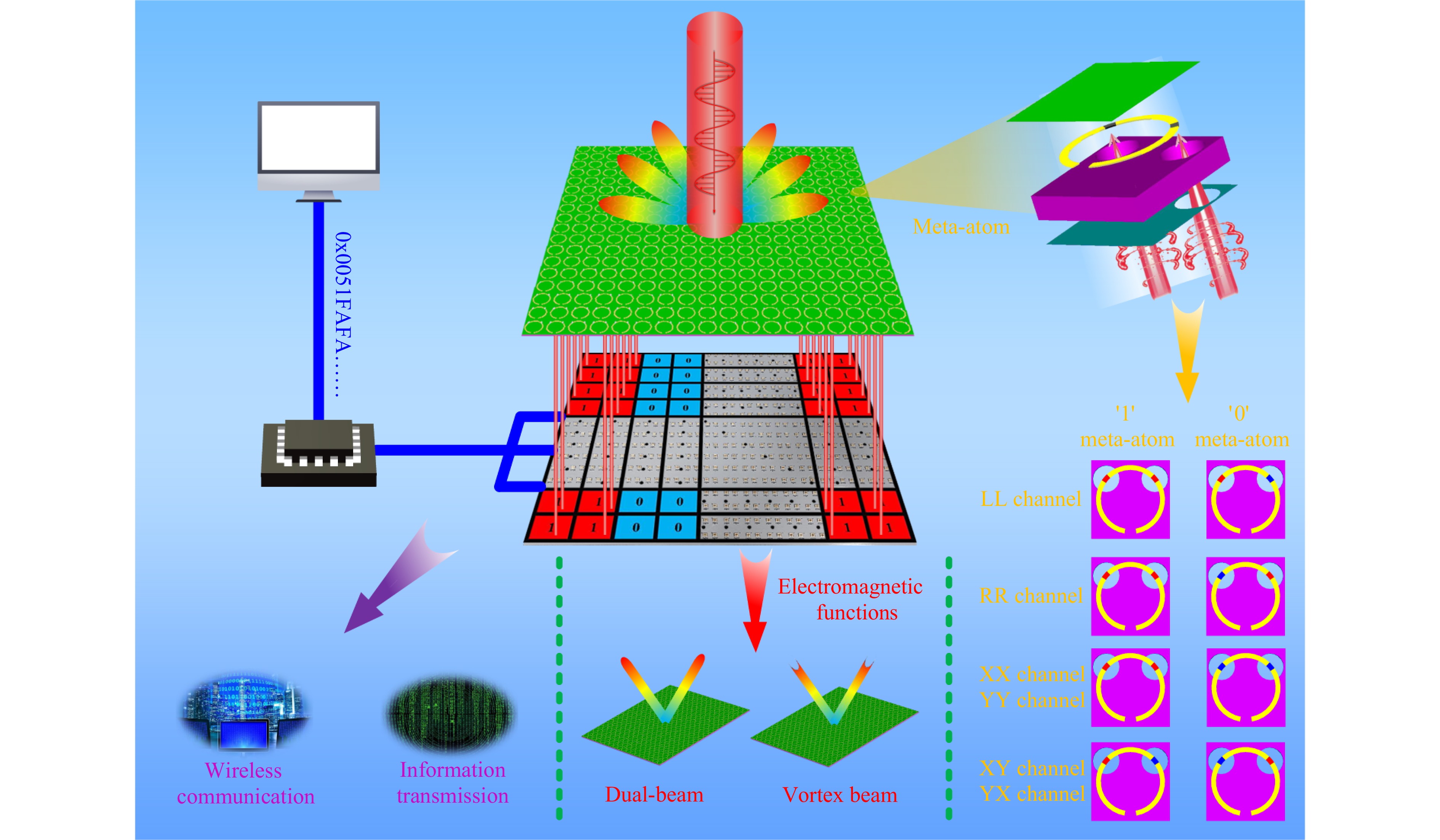
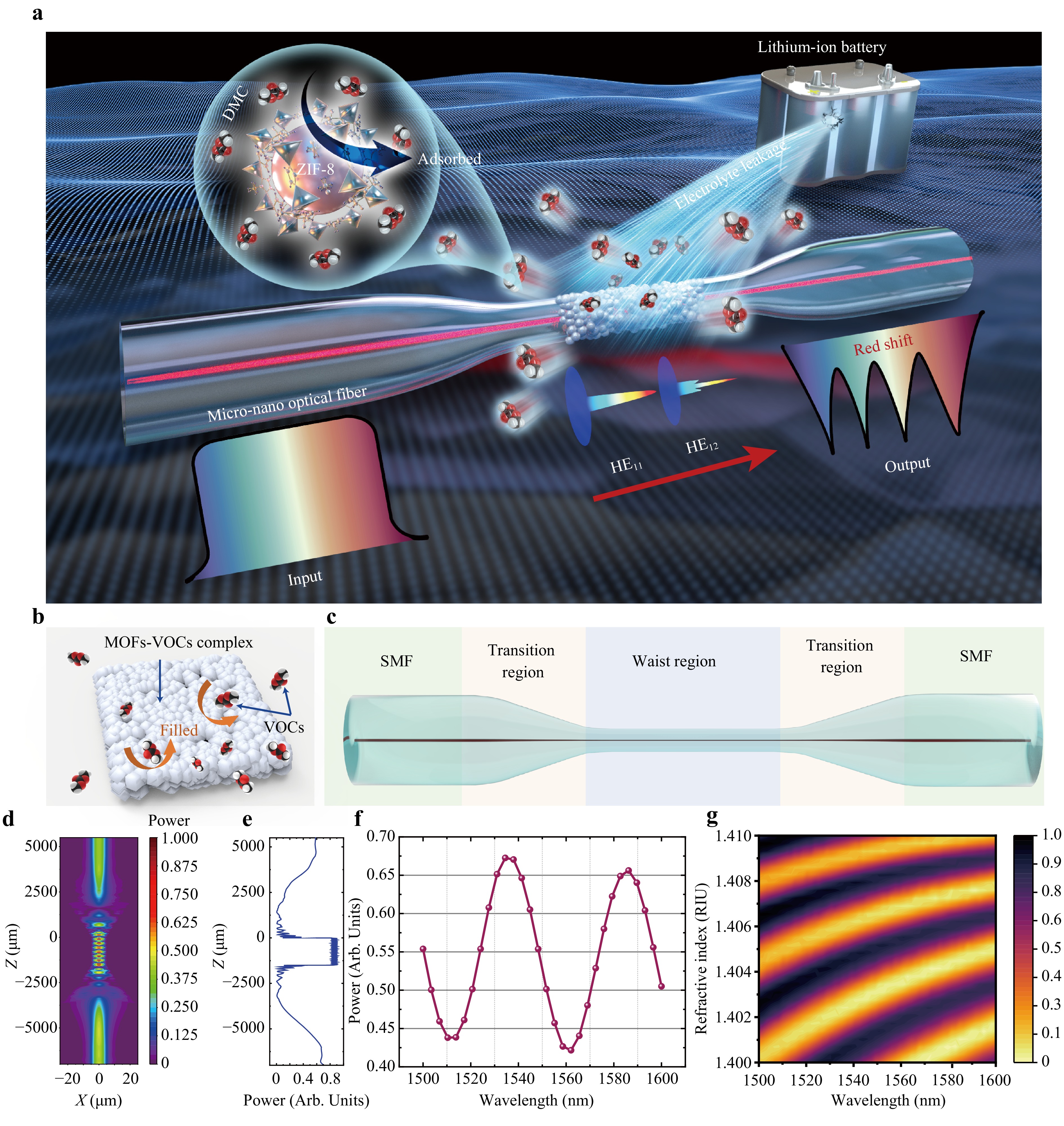
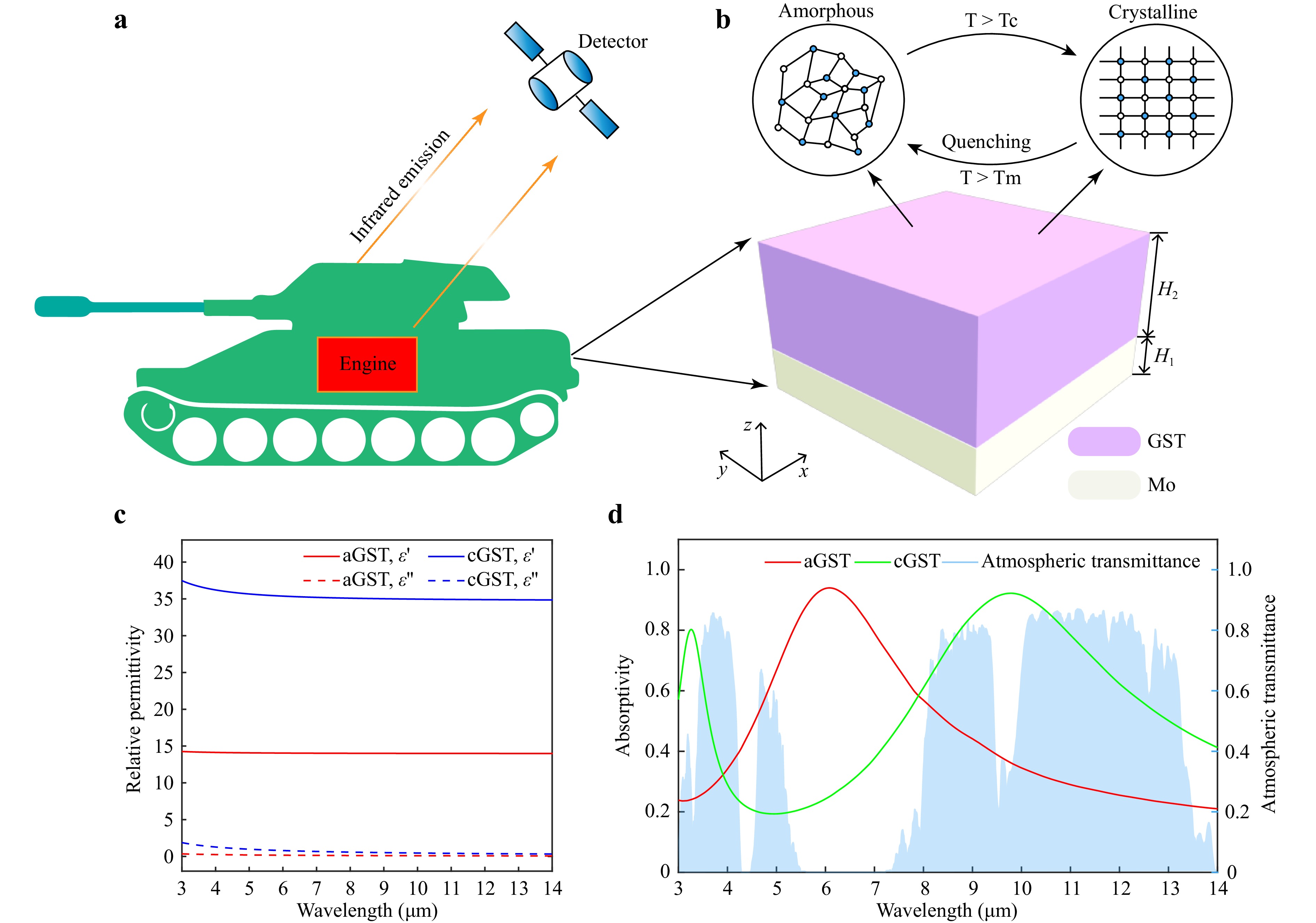
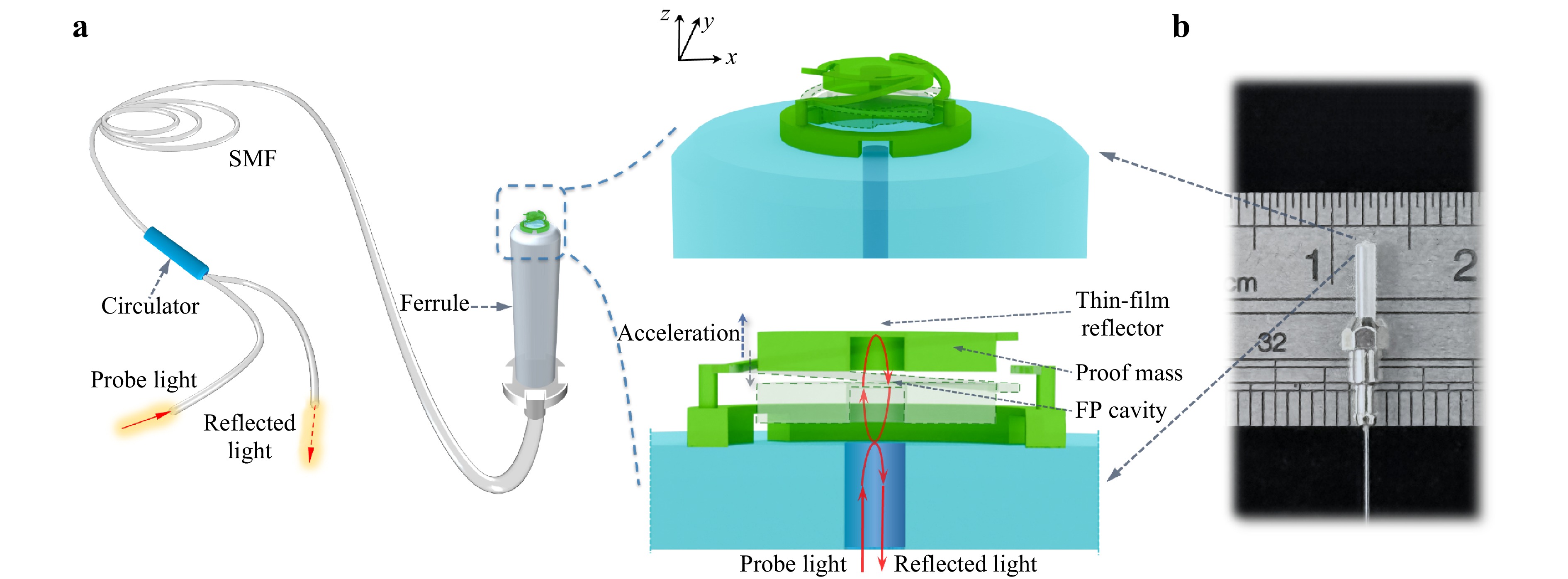

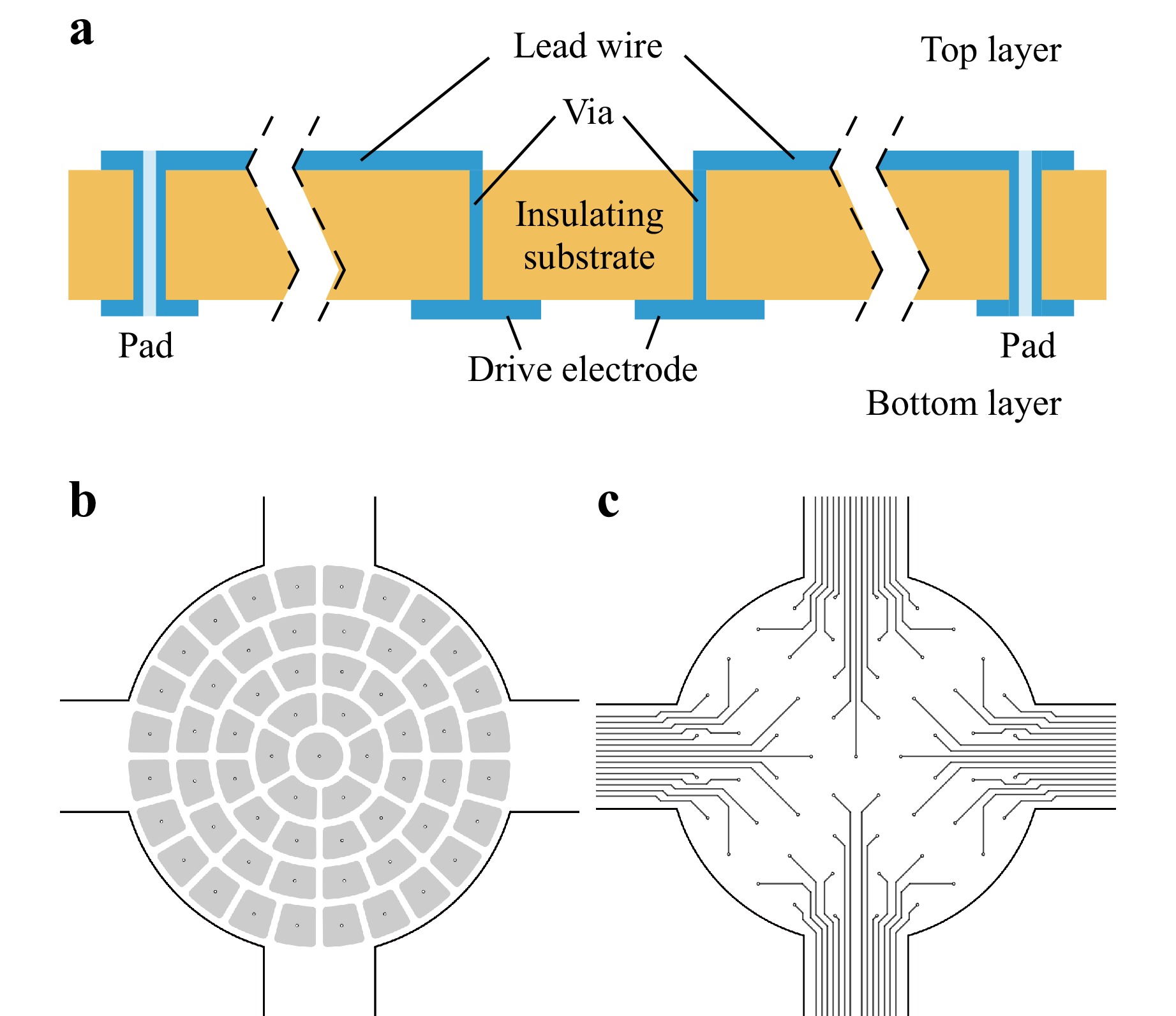

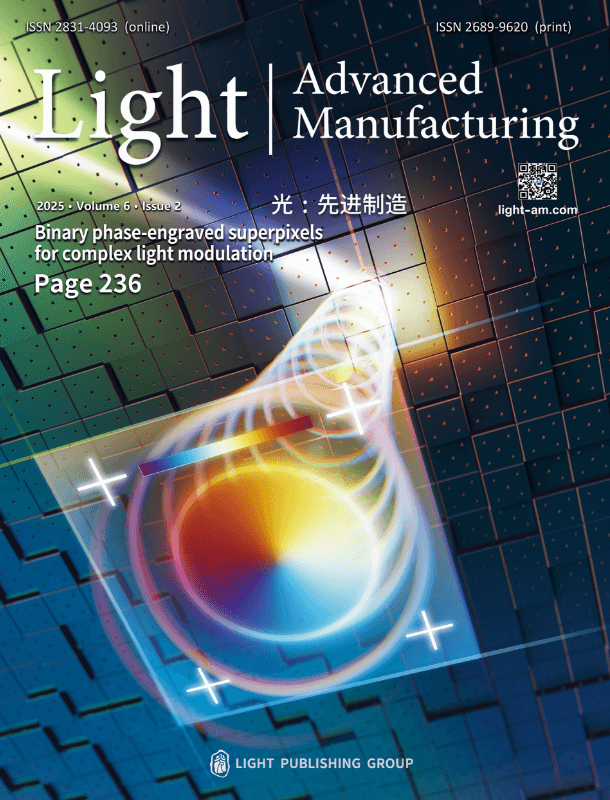

 Email
Email RSS
RSS